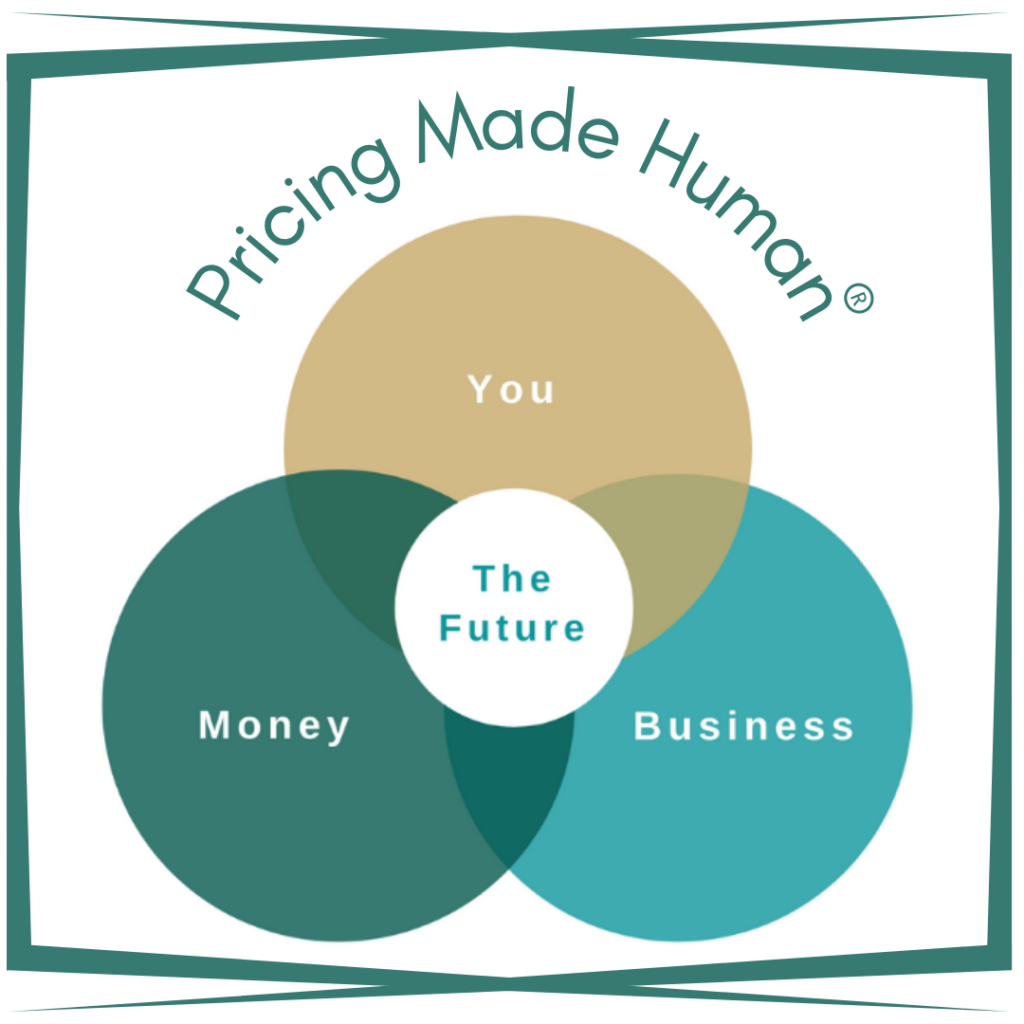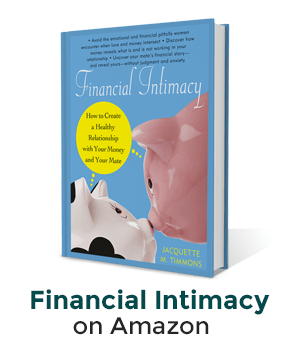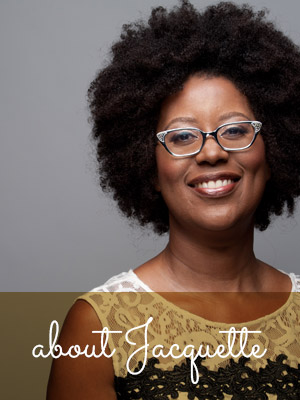After a recent workshop, I got some feedback. She started with wonderful accolades and then said, but we did get some criticisms. A few people made comments like, “we wanted something more substantive” and “I was expecting a more academic, how-to.”
While she thought she was passing along criticism, that’s not what I heard.
First, since I do have a more technical talk on how to invest, I mentioned that to her. Because it is something I’ve done for other law firms, using their 401k plan to shape our conversation.
So, the way I saw it, the “criticism” from those few attendees represented an opportunity to continue working together and to address the needs of those looking for more. #winwin
Second, it was a great way to talk about a bias I often notice when it comes to money, in general, and investing, more specifically: overconfidence.
Overconfidence Bias
Overconfidence occurs when you overestimate your abilities, skills, and knowledge.
This bias might show up as you believing you’re smarter on a topic than an expert on said topic. Or, you equate the quantity of information over the quality of it. Or, you underestimate how long it’ll take to complete a task or project.
As it relates to the feedback conversation I was having, I pointed out how I only do a technical, investing presentation post my foundational talk, “Financial Success Doesn’t Start in Your Wallet.” Here’s why:
- Money is steeped in emotions. If you don’t address the foundational stuff first, some people will get derailed just as soon as the market value of their investments decrease. While they know to expect this intellectually, they are often not prepared for their emotional reaction and end up selling when they should hold tight or maybe even buy more.
- Some people give themselves more credit than they should for knowing how to invest.
Now, I’m not saying none of the people who were looking for a more academic, how-to session were inexperienced investors.
But I am saying that some of them likely held their abilities, skills, and knowledge in higher regard than what would best serve them.
But here’s the truth: Most of us have been overconfident at one point or another.
And I’m especially looking at all my fellow entrepreneurs and small business owners who, at times, let our optimism cause us to overshoot our sales estimates. 🙂
What makes this bias tough is that there’s a thin line between being too optimistic and being too confident. But it often becomes noticeable only after the line has been crossed.
So even if you admit it only to yourself, when was the last time you exhibited the bias of being overconfident?
Seven Out of 100
And since I’ve opened the door, this is a good time to, again, talk about other biases that drive the money and business decisions you and I make.
There are about 100 cognitive biases in behavioral economics.
However, let’s focus on seven (7). I highlighted one above, below are six (6) more:
Mental Accounting Bias
According to economist Richard Thaler, mental accounting is how you assign subjective value to your money. The found $100 is often used to prove this point; meaning: if you find $100, you’re likely to splurge and buy something you wouldn’t have if you had to work for that $100.
The presumption is that you think differently about money you didn’t earn, and you don’t think so carefully about how it’s spent. So, found money equals fun money, and earned money usually has a purpose assigned to it.
Can you remember when you’ve treated money differently based on how it “came” to you?
Loss Aversion Bias
On the flip side of overconfidence is loss aversion bias.
Have you ever lost money on an investment? I have. And what’s worse, the darn stock still hasn’t recovered since it took a hit in the 2008 financial crisis!!! However, I’ve yet to just sell it, take the loss (beyond paper), and replace it with another stock.
Holding onto losing assets is one example of loss aversion bias.
Here’s another: Holding onto the status quo because it is what feels familiar and safe.
Loss aversion can cause you to focus only on what you might lose, and blind you to what you may gain á la the opportunity cost you may lose out on.
So, you miss the chance to make the decision that seems riskier, but may in fact address larger, more complex problems. Thus, you potentially lose out on the chance to identify a more innovative solution.
This is another bias my fellow entrepreneurs and small business owners must be mindful of.
Anchoring Bias
You have goals, right? You’ve probably mapped out a specific plan for achieving them, too? If so, then you’re susceptible to experiencing anchoring bias.
This occurs when you’re unwilling to change your initial course of action – even though new information has become available that indicates you’d benefit from doing so.
Can you remember the last time you dug in your heels unwilling to budge on an opinion, or tweak your goal’s timeline, or modify your game-plan?
Herd Bias
Almost everyone is familiar with the slang, FOMO. Sometimes, the fear of missing out will prompt you to do things simply because it is what everyone else is doing.
When it comes to money, I often see this behavior when individuals invest in stocks or mutual funds or venture capitalists chase start-up trends.
When it comes to business, I often see this when an entrepreneur or small business owner designs their business model and pricing after what others are doing. Without any thought of personalization.
Take note when the only reason you don’t raise your proverbial hand is because no one else has.
Outcome Bias
“Past performance is not indicative of future results.”
You’ve heard this before, right?
It’s intended to help manage your expectations about outcomes. It’s also intended to encourage you to prioritize the process over the outcome.
Whether it regards how you save, invest, or earn money, where are you focused solely on the outcome and not paying attention to the process designed to create said outcome?
Sunken Cost Fallacy Bias
The sunken cost fallacy bias describes the tendency to follow through on a plan because of the time, money, and effort already invested. Even though there’s new evidence that proves the initial plan is no longer the best route.
As you move deeper into Q3, is the sunken cost fallacy affecting any of the decisions you need to make?
The Lesson for Us All
The goal isn’t to eliminate your biases. I don’t even know if that is even possible – let alone feasible.
Rather, my point with sharing these biases is to help you recognize their existence in your life and business, and to encourage you to be honest about when they surface. Without shame or judgment.
This way, you get to choose if you:
Let the bias drive the next action you take or decision you make, or intentionally do the opposite of what the initial bias might have you do.
This is how you get out of your way and give yourself the gift of making better money and business decisions.
ICYMI: This summer I am offering Half-Day VIP Business & Financial Coaching Sessions. Doing an investing analysis (aka: assessing your operations) is part of how we will spend our half-day together. Looking particularly at your offers, strategy, team and technology to ensure they are delivering the attributes your clients & customers value. Click here to book your session.





